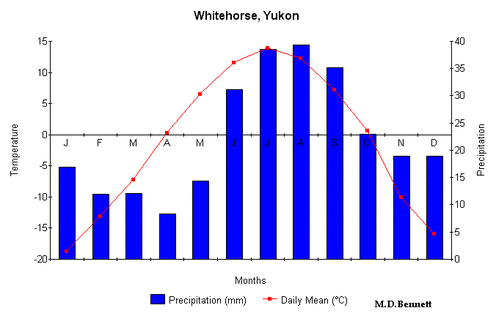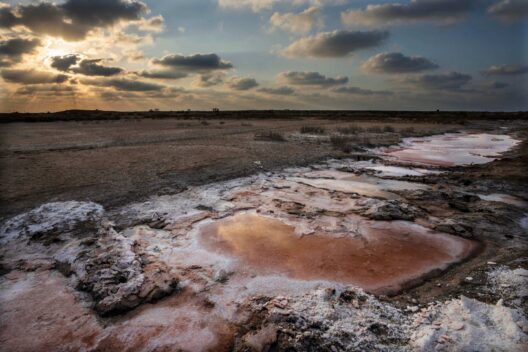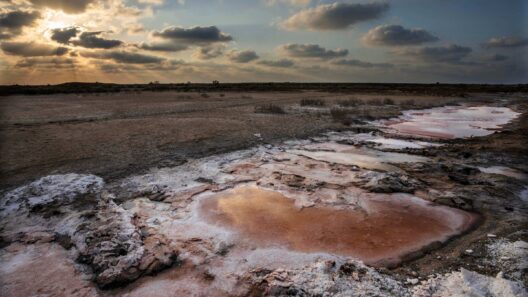The Taiga, also known as the boreal forest, spans across vast swathes of the northern hemisphere, covering parts of Canada, Alaska, Russia, and Scandinavia. Often considered the world’s largest terrestrial biome, the Taiga acts as an important climate regulator due to its expansive forest cover. But what is the climate in the Taiga? Does it represent a cold embrace that fosters diverse ecosystems, or does it merely signify a harsh terrain where life struggles to survive?
To dissect this complex environment, we must first understand its climatic features. The Taiga experiences a subarctic climate characterized by long, severe winters and short, moderate summers. This seasonal variability is primarily influenced by its geographical location at high latitudes. Winter temperatures can plummet to a staggering -30°C (-22°F) or lower. Conversely, during the brief summer months, temperatures can rise to a more hospitable range of 15°C to 30°C (59°F to 86°F). However, even summer is marked by significant fluctuations between day and night, often leading to chilly evenings.
Precipitation in the Taiga is relatively low compared to other biomes, averaging between 40 to 100 cm (15 to 39 inches) annually. Most of this precipitation occurs during the summer months, often in the form of rain. However, winter months can leave the ground blanketed in snow, creating a unique ecosystem under layers of frost. This seasonal cycle promotes an intriguing question: How do species adapt to such dramatic shifts in climate?
Let’s explore the flora of the Taiga, which predominantly consists of coniferous trees like spruce, fir, and pine. These trees have developed needle-like leaves that minimize water loss, allowing them to thrive under conditions of limited moisture, particularly in winter. The thick, waxy coatings covering their needles also act as a form of natural insulation against extreme cold. In addition, the low branch structure helps these trees withstand heavy snowfall by preventing snow accumulation from breaking their limbs. Adapting to the cold is not just beneficial for individual species; it contributes to the entire forest’s resilience.
Within the Taiga, the soil is primarily podzol, characterized by acidic conditions and low fertility. During the summer months, the topsoil experiences a brief thaw, allowing some nutrients to liberate. However, the cool temperatures inhibit full decomposition of organic material, leading to a buildup of humus. This can create challenges for species that rely on nutrient-rich soil for growth. Many plants and animals have had to evolve and thrive within these constraints. The resulting biodiversity might be less intense than in temperate or tropical forests, yet it presents an array of specialized species.
As one might expect, the fauna of the Taiga exhibits remarkable adaptations to its frigid climate. Animals such as the lynx, moose, and various species of owls have evolved thick fur and insulating body fat, allowing them to withstand harsh winters. Migration patterns also play a crucial role in survival—some birds may migrate to warmer regions during the coldest months, while others, like the boreal chickadee, have developed behaviors to hoard food in preparation for the scarcity of resources. This dynamic equilibrium of life forces us to consider: Can ecosystems remain stable while climate change is a pressing global phenomenon?
The cold embrace of the Taiga holds complex relationships among its inhabitants. Symbiotic relationships play out on multiple levels—from fungi forming partnerships with tree roots to aid in nutrient absorption, to predator-prey dynamics that regulate species populations. However, any alteration in climate can disrupt these intricate ties, posing potential challenges for ecosystems that have evolved to thrive under specific conditions. For instance, warming temperatures could lead to pest outbreaks, or affect migratory patterns, creating a cascading domino effect throughout the ecosystem.
Moreover, the Taiga serves as an immense carbon sink, meaning it absorbs more carbon dioxide than it emits. This crucial function contributes to mitigating climate change; however, it is highly sensitive to disturbances. This begs the question: How might the warming climate influence the carbon storage capabilities of the Taiga? According to scientists, as the temperatures rise, the permafrost layers beneath it may begin to thaw, releasing stored carbon back into the atmosphere. The repercussions of such a feedback loop could be devastating, leading us to question whether the Taiga can facilitate its own protection.
As concerns surrounding climate change proliferate, the Taiga faces not only environmental challenges but also human-induced threats. Logging, mining, and oil extraction have encroached upon this biodiverse landscape, leading to habitat fragmentation and degradation. Conservation efforts are critical in ensuring the protection of these forests, as their health directly correlates with global climate stability.
In conclusion, the climate of the Taiga presents complex interconnections between flora, fauna, and the broader environmental landscape. The cold embrace of this vast forest biome stimulates a plethora of adaptations and relationships that are significant to not just its inhabitants but to the global ecosystem. As we grapple with the implications of climate change, the resilience of the Taiga comes into sharp focus, highlighting our collective responsibility in protecting this vital resource. Moving forward, we must continue to explore and understand how this remarkable biome will fare in an increasingly warm world, potentially redefining its role in the Earth’s climate system. Are we prepared to face the ensuing challenges to ensure the preservation of this precious cold embrace of nature?








